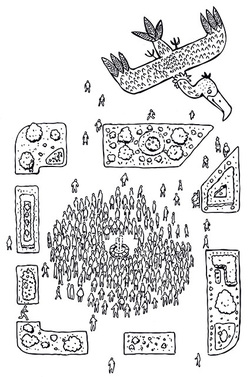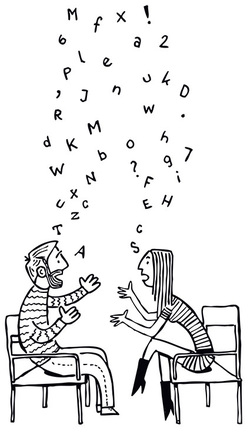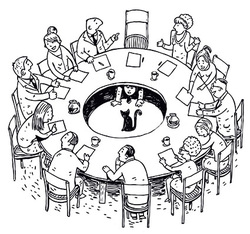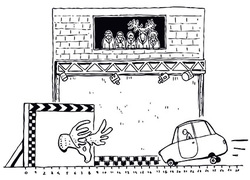
In most cases, ‘hearing’ refers to a meeting where a panel of politicians/officials have a dialogue with an invited expert panel, but it could also include representatives for concerned citizens, often in front of a large group of visitors/public.
The aim is that politicians/officials should have a comprehensive exposition and knowledge of the subject/issue that the hearing focus on, from various experts, interested and concerned parties. At the same time, everyone can ask each other additional questions, often resulting in good and rewarding discussions. Sometimes the chairperson concludes the hearing by letting all participants, politicians as well as experts, comment on what they have learnt from this rendezvous. In the invitation, it is important to express the aim of the hearing, and what the results will be used for. Extensive preparation efforts are required for compiling and defining the issues of the hearing, and for finding and inviting appropriate panel members, so the ‘expert panel’ can provide an all-round exposition. An experienced meeting/debate leader is required, and also several people to document the meeting (possibly recording). Plan and inform in reasonable time so everyone can take part, and organise publicity before and after the hearing. Decide how feedback should be brought to panel members and visitors. This method requires a certain competence from the leader to hold a hearing. Resources for information, communication and documentation of the hearing are required.
The aim is that politicians/officials should have a comprehensive exposition and knowledge of the subject/issue that the hearing focus on, from various experts, interested and concerned parties. At the same time, everyone can ask each other additional questions, often resulting in good and rewarding discussions. Sometimes the chairperson concludes the hearing by letting all participants, politicians as well as experts, comment on what they have learnt from this rendezvous. In the invitation, it is important to express the aim of the hearing, and what the results will be used for. Extensive preparation efforts are required for compiling and defining the issues of the hearing, and for finding and inviting appropriate panel members, so the ‘expert panel’ can provide an all-round exposition. An experienced meeting/debate leader is required, and also several people to document the meeting (possibly recording). Plan and inform in reasonable time so everyone can take part, and organise publicity before and after the hearing. Decide how feedback should be brought to panel members and visitors. This method requires a certain competence from the leader to hold a hearing. Resources for information, communication and documentation of the hearing are required.




 RSS Feed
RSS Feed
